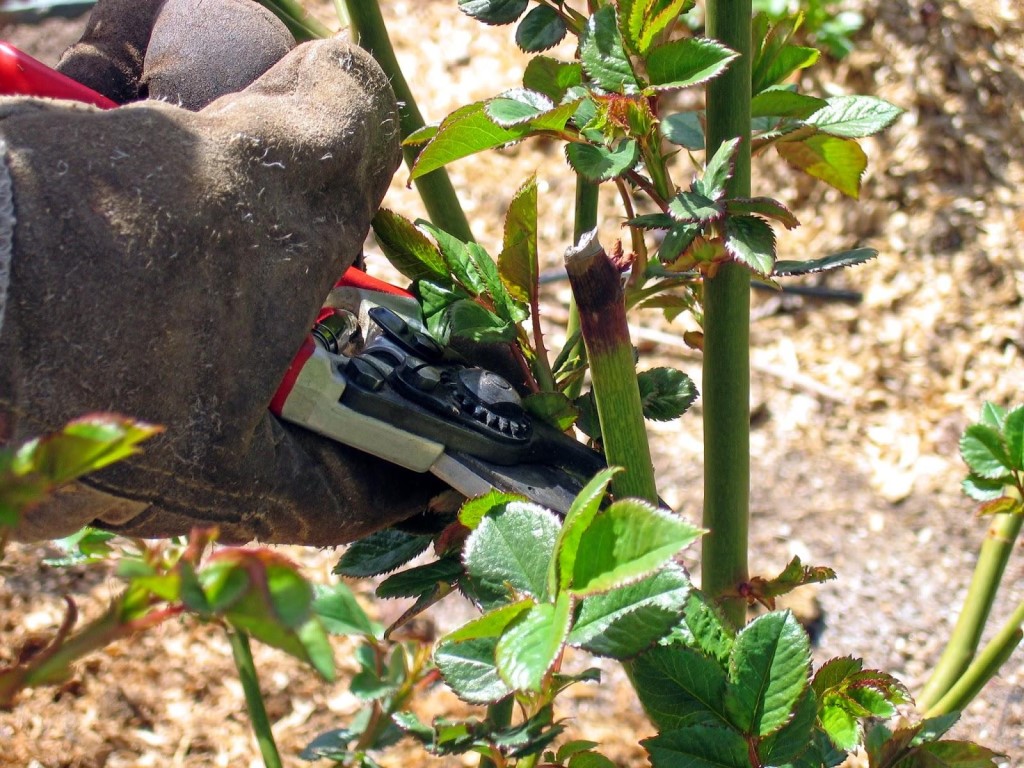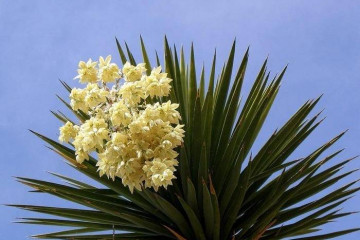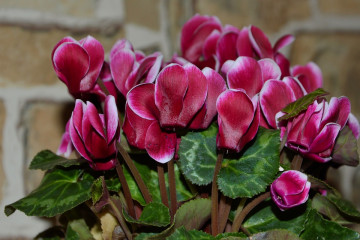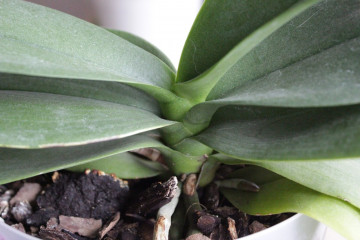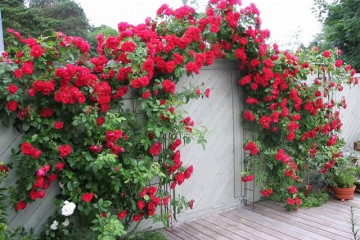Why the rose does not bloom - reasons how to fix it
Content:
The lack of flowers on garden and indoor roses is a frequent occurrence; growers constantly complain about such problems and are looking for possible solutions. Various reasons can cause this trouble, from improper care to plant disease.
General information about the flower
Garden or park rose refers to unpretentious flowering crops. But still, this beautiful plant requires some care and compliance with certain conditions of maintenance. This is necessary in order for the rose to delight passers-by with its magnificent appearance and aroma.
A healthy and strong shrub with flowers will become a real decoration of the garden, park and local area. Seedlings can be purchased at the nursery or existing plants can be propagated. These activities do not require special knowledge.
The rose blooms profusely and for a long time, there are varietal representatives that can give flower buds twice a season. True, the re-flowering will not be so beautiful: the flowers will be much smaller.
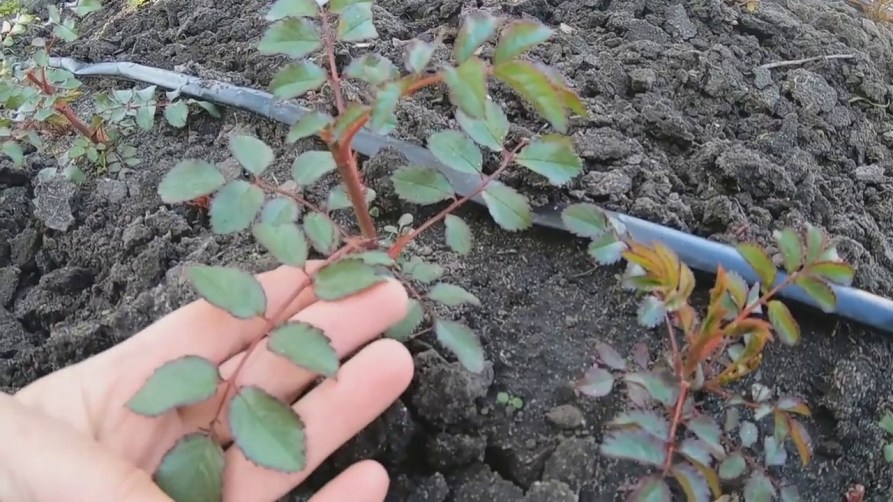
Do not worry if only the planted young plant does not bloom, the ovary of buds will begin in the second year after planting in open ground
The reasons
There are various reasons why there are no buds on a rose. This can be improper care, when the plant is not provided with the necessary maintenance conditions, the mandatory requirements in the form of regular watering and the introduction of nutrients necessary for flowering are ignored.
Often the shrub does not want to gain color due to its youth or, conversely, old age. A young plant, regardless of whether it is a home culture or a garden one, begins to ovary in the second or even third year after planting in the ground. Since the flower should take root in the ground, gain strength. If, in the early years, buds were tied on the bush, then it is recommended to remove them so that the flower does not expend extra energy.
Wrong place
It is important to choose the right place on the site, it should be sunny enough, but protected from strong winds and drafts. The garden rose doesn't like that. Flowering can be affected by the lack of sunlight. The daylight hours for the bush should be at least eight hours.
Also, rose bushes belong to thermophilic crops, they will cease to bloom luxuriantly and profusely if they grow in an open area that is blown by the wind. Even before landing, you need to choose a good place that meets all the requirements.
Does not like the rose and close proximity to large plants or other shrubs, they negatively affect the growth and development of a blooming culture. In addition, they will consume nutrients that the rose needs so much.
The soil is not suitable
Sometimes the analysis of the composition of the soil helps to understand the question of why the rose does not bloom.Even at the stage of planting rose bushes, you need to make sure that the soil meets all the requirements that this flowering culture makes. The soil should be:
- loose;
- fertile;
- with neutral acidity;
- well drained.
If the land on the site is clayey, podzolic, then it should be improved. To do this, you need to carefully loosen it, and then enrich it well.
The plant does not like stony substrates, which contain a large amount of sand. Representatives of the climbing rose are especially negative about such soil.
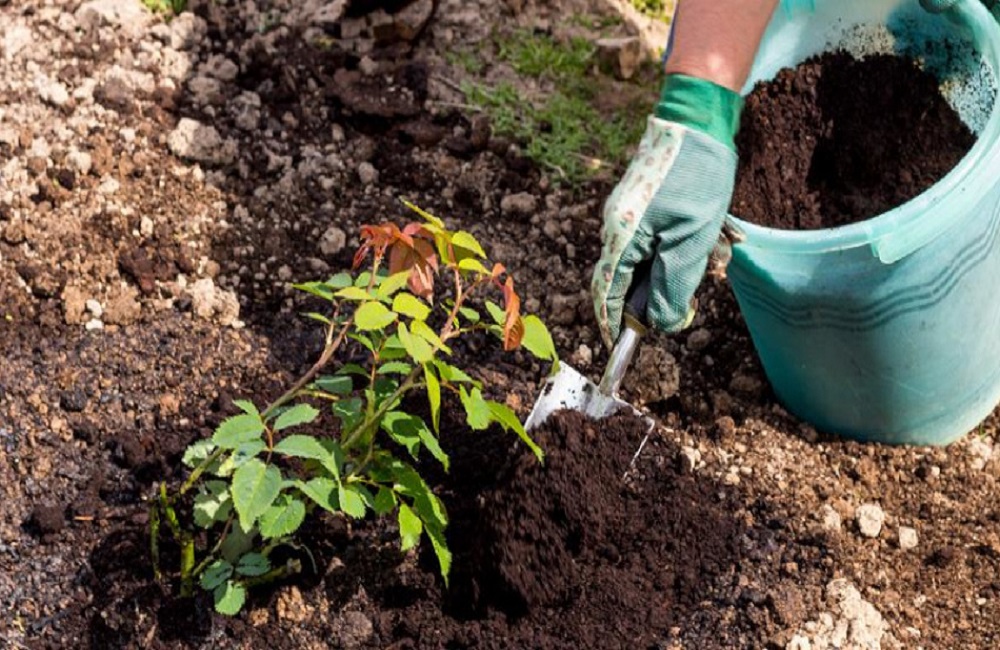
The rose loves a loose and fertile substrate, if the land is not suitable, then you can not wait for flowers
Improper wintering
Violent flowering is unlikely to begin if the plant is poorly prepared for wintering. What to do if the rose does not bloom due to freezing of the root system:
- revise the branches, eliminate all dead shoots, and those specimens that are in doubt can be left until the buds appear;
- feed the bushes with nitrogen fertilizers, ammonium nitrate or humus provides an excellent result;
- apply growth stimulants, spray the bushes with a solution.
It is also important that a high-quality air gap is organized when covering the bush. This will help to avoid decay of the root system.
Wild growth
Experienced summer residents know that flowering bushes literally instantly grow overgrowth. It is very important to get rid of it as quickly as possible. Otherwise, it can simply strangle the mother plant.
The overgrowth has the following negative effects on the shrub:
- takes away food and strength;
- reduces the number of buds;
- leads to the fact that the flowers are noticeably smaller;
- provokes a lack of flowering.
If the growth begins to grow rapidly, this can lead to the fact that the shrub will soon run wild. Experts recommend solving this problem in the bud, especially if the rose was originally grafted onto the rosehip.
You need to be careful, as you can remove young shoots of the flower along with the wild shoots. The weed has one significant difference - its leaves are much smaller than those of the main plant, but there are more thorns there, on the contrary.
Incorrect pruning in the fall
The most common problem why a bush rose does not bloom is an incorrectly pruned shrub. Inexperienced summer residents with the onset of spring begin to cut the plant, this is absolutely impossible to do, during this period only sanitization is carried out:
- dry twigs are removed;
- shoots broken from snow are cut off;
- improperly growing lashes are eliminated.
The long stems of the shrub, which were shortened in the spring, simply will not be able to give color, since the bush will first of all increase the mass, and the ovary of the buds will fade into the background.
To stimulate the bush to eject flowering shoots, it is necessary to remove the faded buds in a timely manner. It is best to do this daily. It is also necessary to inspect the plant for the presence of blind shoots, they should be cut to a strong bud. After that, the bush will begin to branch, young shoots will grow on it, and already on them - buds.
If some mistakes were made during the pruning in the fall, then they can be easily corrected in the spring. First of all, it is worth getting rid of unproductive lashes, thin and damaged. The renewed culture will direct all its forces to the bud ovary.
Excess nitrogen fertilizers
In addition to standard care measures in the form of pest control, prevention of diseases, regular fertilization is also provided. An undernourished, weakened culture will not flower; on the contrary, it will shed green mass.
It is important not to ignore regular feeding, but you should not overuse them either. Otherwise, the bush will not give flower buds, but foliage. An overfed rose grows, that is, the shrub becomes thick, but flowering becomes rare, on such a culture there will be no more than 2-3 buds over the summer.
Experienced growers recommend adhering to the following outdoor rose feeding schedule:
- At the beginning of flowering, add potassium magnesium, potassium monophosphate to the soil.
- In July, make an organomineral feeding.
- After flowering, add phosphorus mixed with potassium.
You need to be especially careful with nitrogen fertilizers, since all the forces of rose bushes will go to the formation of foliage. If this happens, then it is worth adding ash to the ground, it will neutralize nitrogen.
For the lush flowering of plants in the garden, it is necessary to alternate mineral fertilizer with liquid organic fertilizing. During the growing season, such activities must be carried out once every two weeks.
Wrong, low-quality seedling purchased
If the gardener has acquired a sick, weak or infected seedling, then you can simply not wait for flowering. Rehabilitation work is indispensable here. To avoid these unpleasant moments, it is necessary to approach the choice of planting material responsibly.
If you want to plant rare varieties of climbing roses, for example, Chinese representatives, on a garden plot or at home, experts recommend contacting specialized nurseries.
It is important to pay attention to the age of the shrub and its condition. For planting in open ground, two- and three-year-old specimens are suitable. They have the best survival rates.
It is necessary to make a thorough inspection of the plant for the absence of:
- dead or rotten roots;
- broken shoots;
- diseases and parasites.
Also, the purchased shrub must have at least three strong and well-developed shoots. It is such planting material that will grow well, develop and delight the owners with exuberant and long flowering.
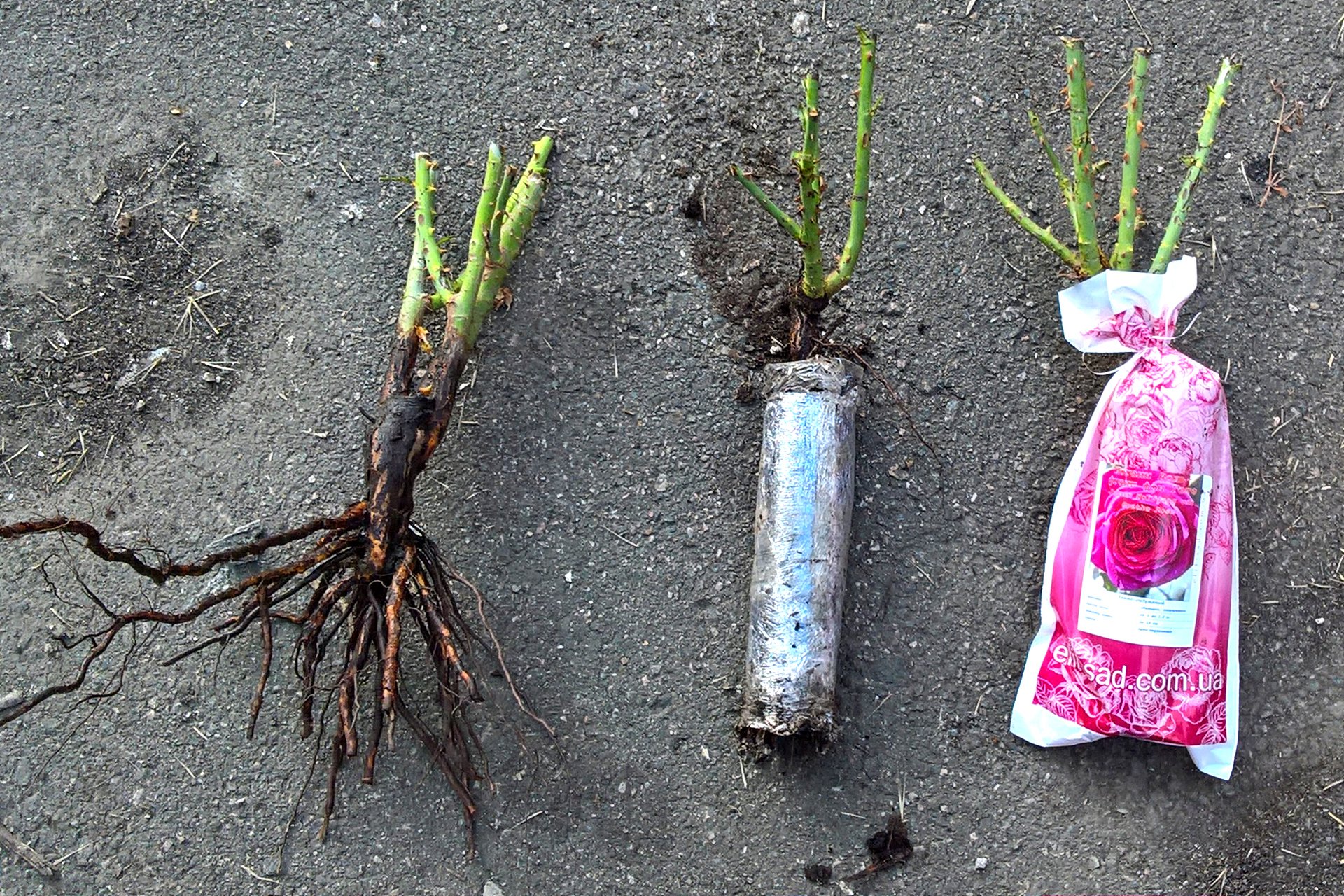
A weak and sick seedling simply does not have enough strength to bloom, it is worth carefully examining it before purchasing
How to make roses bloom outdoors
It often happens that gardeners comply with all the conditions of care, the plant is well and correctly fed, an ideal place is selected where there is no growth, the shrub is cut off in time, but the roses still refuse to tie buds.
In this case, experts recommend doing the following:
- Remove all unnecessary branches from street or indoor shrubs, get rid of thin, blind, shredded ones.
- Perform stimulating pruning to a strong bud.
- Sprinkle the soil with humate, potassium with trace elements.
These simple steps are bound to cause the plant to throw out flower buds. The main thing is to pay attention to the plant, quickly respond to changes, then no reason will prevent the rose from blooming and delight the owners with its large and fragrant buds.

